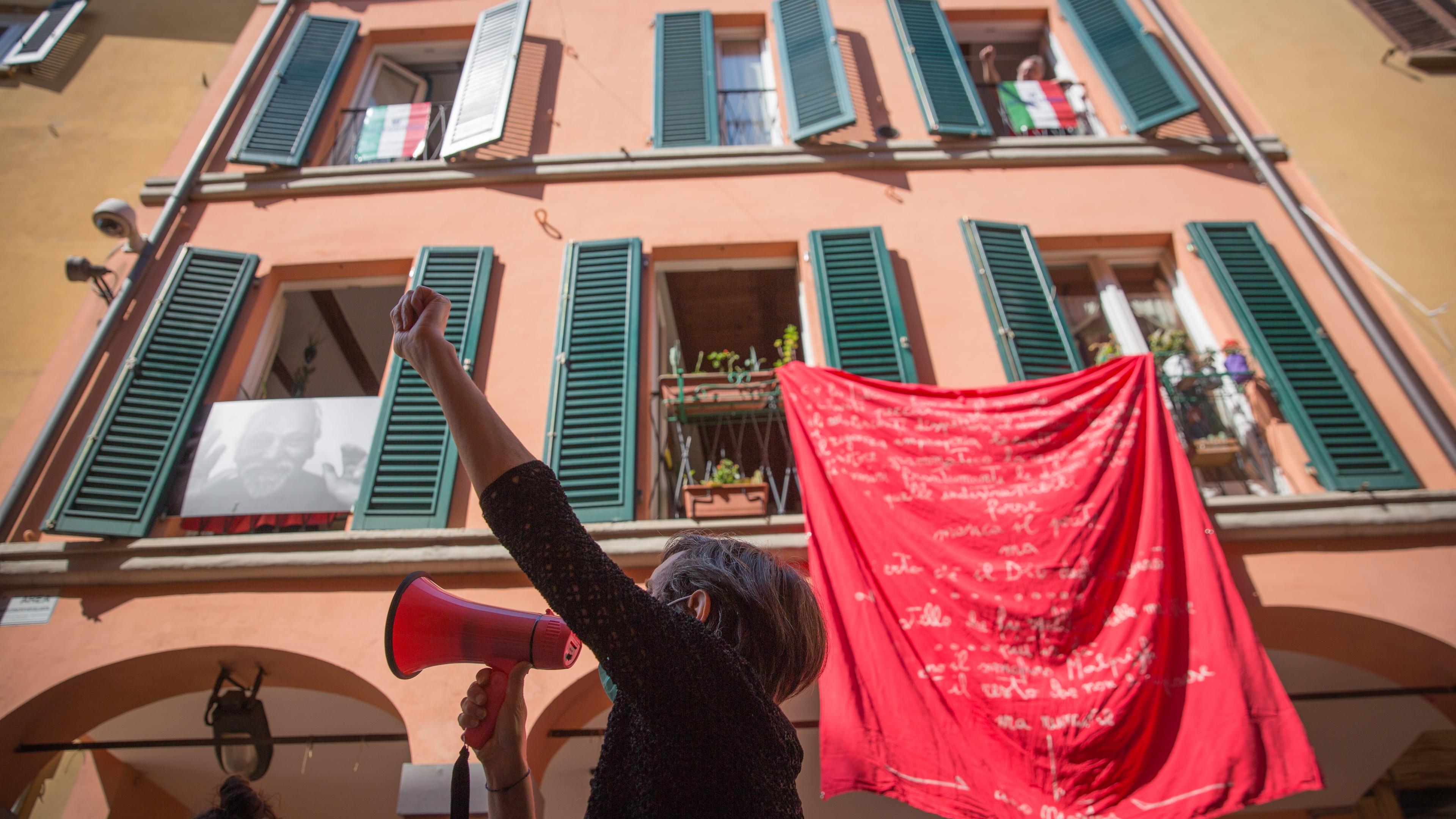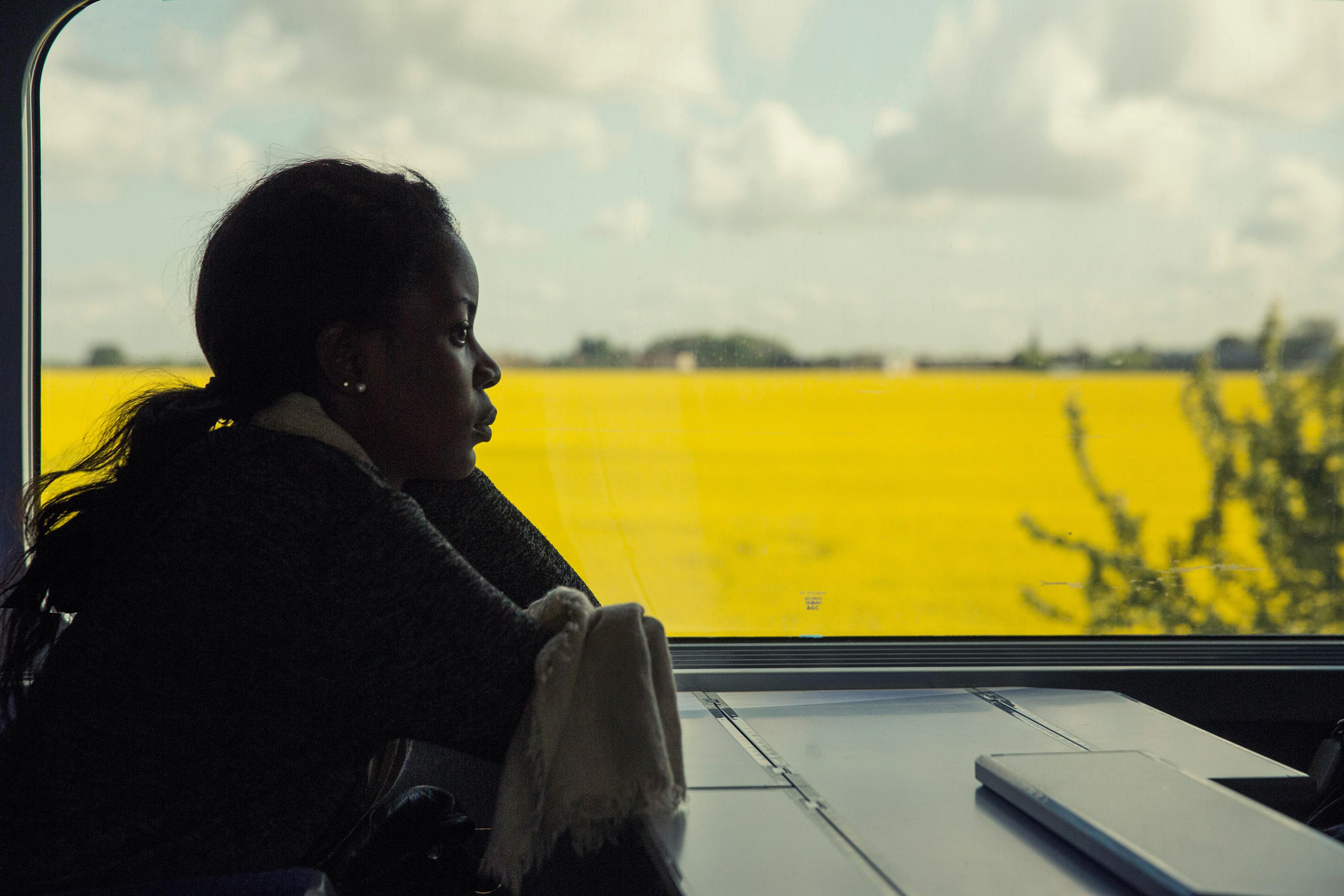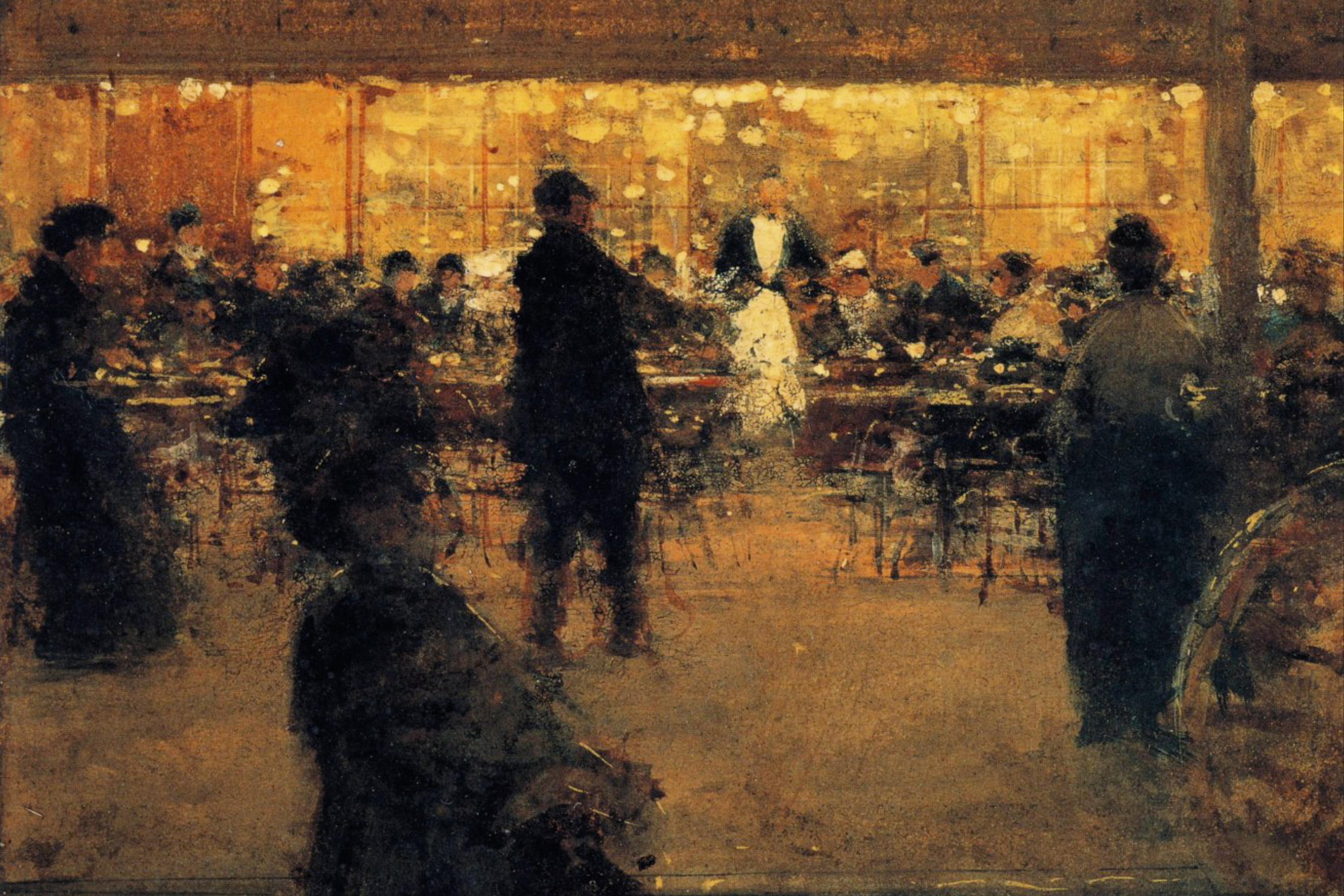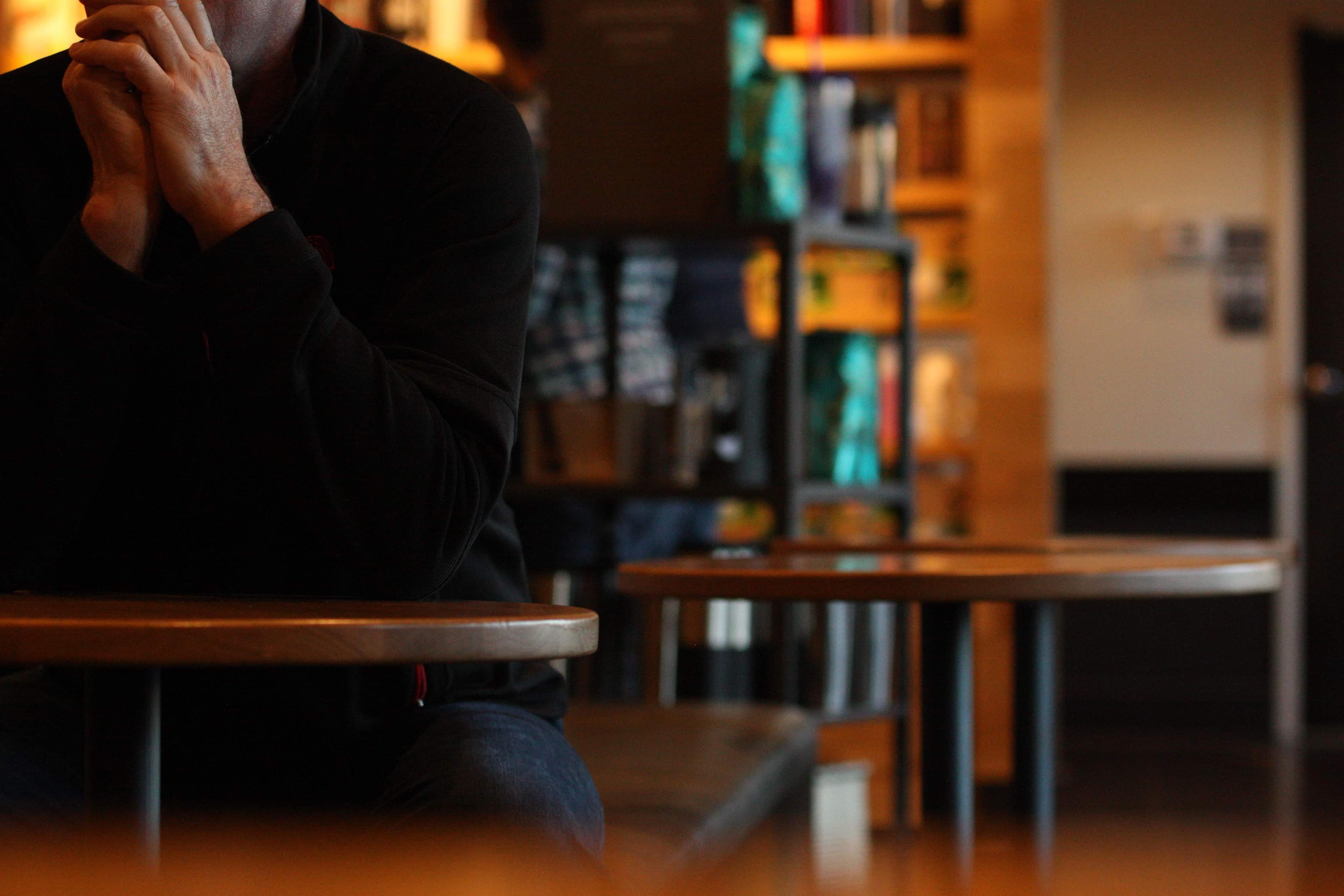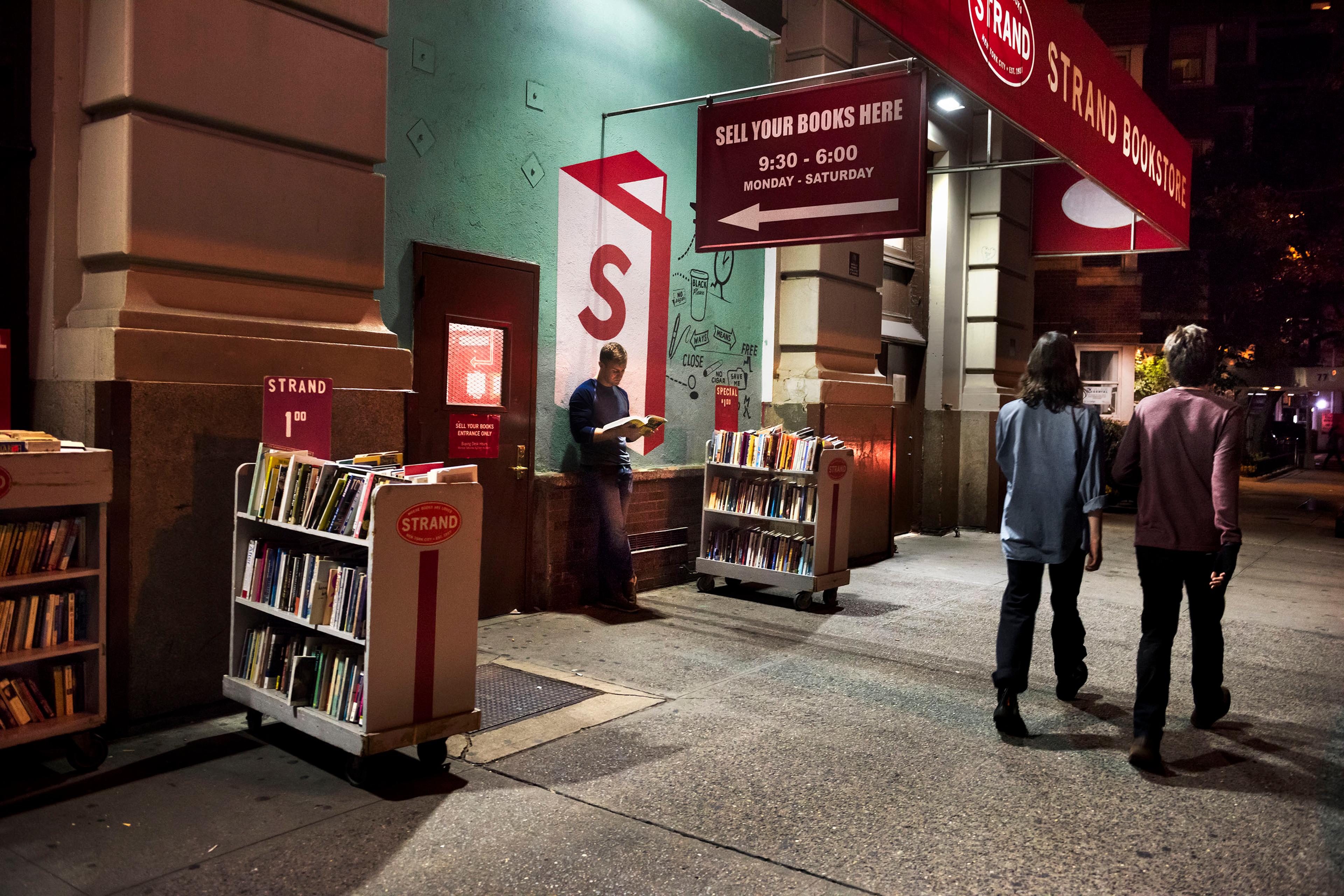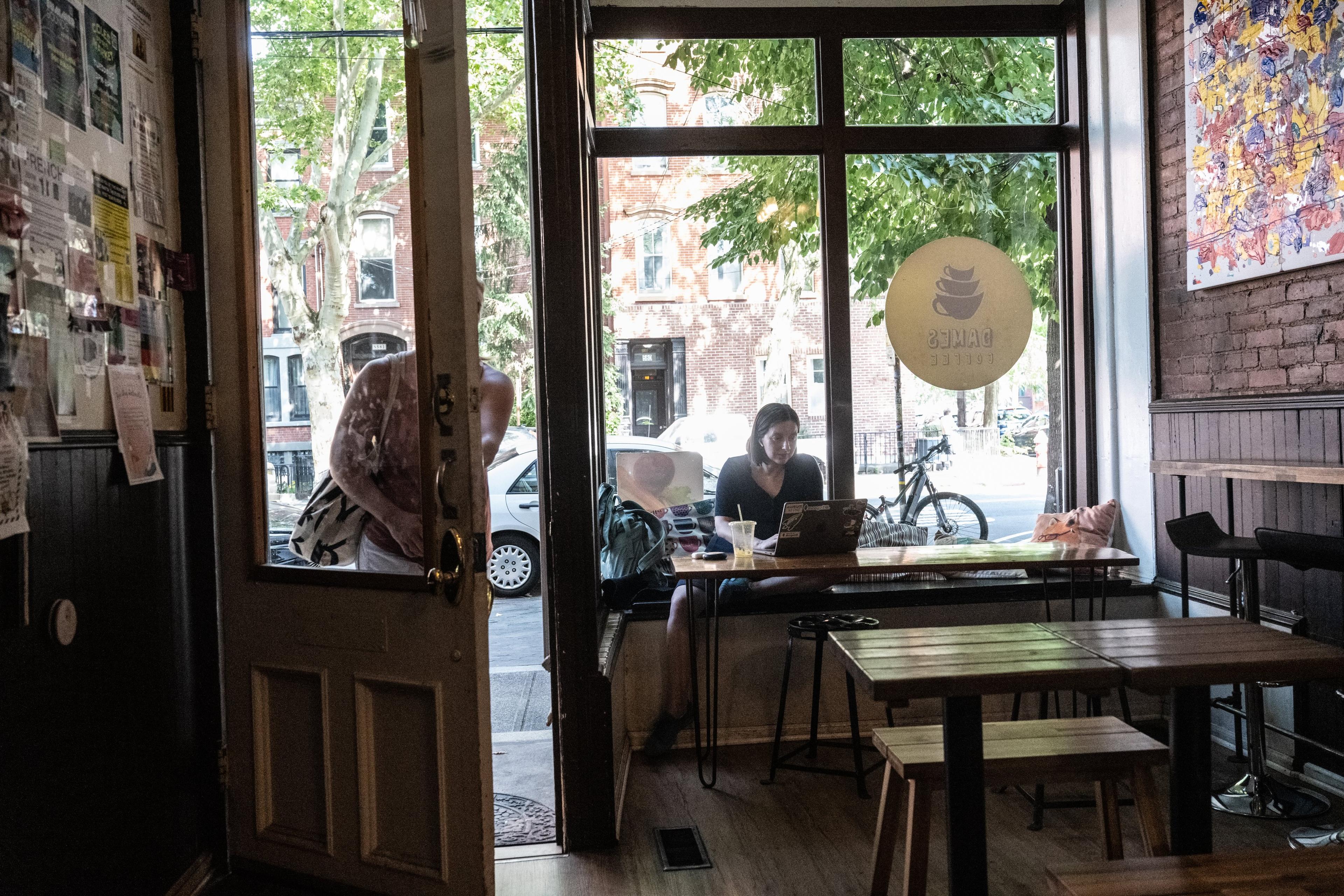Several decades ago, two psychologists stumbled upon a phenomenon that revolutionised their field and changed the way we think about adversity. They called it ‘learned helplessness’ – when faced with a difficult situation that feels uncontrollable, people tend to act helpless and depressed.
In the wake of a pandemic that has upended life for millions, this idea feels more relevant than ever. But just as the concept of learned helplessness helps to explain many of the emotions we’ve been going through, it has also inspired work that offers positive insights into how people can remain resilient, even in the face of uncontrollable adversities. The key is having hope.
Martin Seligman and Steven Maier discovered learned helplessness in the 1960s, as graduate students at the University of Pennsylvania, under the supervision of the experimental psychologist Richard Solomon. Solomon was studying how dogs learned and responded to fear. His team restrained each dog in a cage with two compartments, and gave it multiple mild but unpleasant electric shocks, each time paired with an audible tone. Later, the dogs were untied and the tone was played – having learned to associate the sound with pain, Solomon predicted the dogs would jump across to the safe compartment to avoid the pain. But when the dogs heard the noise, they remained passive, and did not do anything to try to escape the pain.
As a test of Pavlovian-style learning, the experiment was judged a failure. But Seligman and Maier reached a different conclusion: the dogs’ passivity was the crucial finding. During the earlier part of the experiment, when they had been bound and exposed to a shock, the dogs whimpered, barked and tried to get away, but it was all in vain because of the restraints. So, Seligman and Maier believed, the dogs learned that, when they tried to escape a shock, it did not work. As a result, they acted helpless the next time they encountered a similar situation, even though the circumstances had changed and they could jump free if they wanted.
Seligman and Maier tested out their theory. They arranged three groups of dogs for the initial learning phase: some were restrained as before while they endured the initial round of shocks paired with tones, but another group could press a lever to escape to the safe compartment, and a third group received no shocks at all. Next, all the dogs were free to move, and the tones were played again. The dogs who had control in the earlier part of the experiment immediately escaped from the shocks by jumping across the barrier to the safe side of their cage. The dogs in the control condition also learned to escape the shocks. But as for the dogs who had earlier been restrained and made to feel helpless, they did not try to escape. Seligman and Maier’s seminal findings about learned helplessness were published in the Journal of Experimental Psychology in 1967.
Over the next decade, Seligman and his colleagues replicated the learned helplessness findings first in rodents and, later, in human beings. Moreover, when it came to provoking feelings of helplessness in human volunteers, Seligman noticed something important – after exposing people to non-controllable events, such as unpleasant loud noises or impossible anagrams, they would often begin to exhibit some of the classic symptoms of depression, such as feelings of worthlessness, sadness, loss of interest, poor concentration and fatigue. Ultimately, he concluded that learned helplessness is a subtype of depression.
But there was a crucial caveat – whenever the researchers ran these studies, there was always a proportion of the subjects who were exposed to uncontrollable, aversive events, but did not give up trying to exert control. Even though they learned that nothing they did mattered to stopping an aversive event, they kept trying to make their situation better. Also, some of the subjects who did give up, becoming helpless for a time, bounced back immediately and began to act with agency in later parts of the experiments. The question was – why? Why did uncontrollable adversities render some people helpless while others remained resilient?
Two researchers became increasingly preoccupied with that question – one was Seligman’s graduate student Lyn Abramson, the other was the Oxford psychiatrist John Teasdale. Teasdale and Abramson pointed out that being made to feel helpless is not enough to produce depression. What also matters is how people make sense of their helplessness – the attributions they make. Do they blame themselves or do they blame the experimenter? Do they generalise their helplessness to life in general, or just to the specific situation in the lab? How people interpreted the experience – the story they weaved – was the critical missing ingredient of the theory.
Seligman teamed up with Abramson and Teasdale and together they found there are three ways people can interpret what happens to them: they can form attributions that are either permanent (eg, I will always be helpless and nothing I do will ever matter) vs temporary (eg, I was helpless in that specific circumstance, but what I do at other times still matters); specific (eg, related only to anagrams) vs universal (eg, all problems); and internal (eg, it’s my fault) vs external (eg, it’s the fault of the world or someone else).
As Seligman would later put it, different people have different ‘explanatory styles’. Some people have a ‘pessimistic explanatory style’, and make negative attributions about aversive events (ie, internal, universal, permanent), and they are more vulnerable to depression. Other people have ‘optimistic explanatory styles’ – when bad things happen, they don’t blame themselves but the world, and they see the adversity as temporary, local and specific. Their story about the world and their place in it is much more hopeful, and they are more resilient.
In later work, Abramson and her colleagues reformulated the learned helplessness theory of depression as the ‘hopelessness theory of depression’. Hopelessness depression emerges when people experience a negative life event, such as losing a job, and draw pessimistic conclusions about the causes and consequences of the event, and what the event says about who they are as a person. They might believe they are helpless to change their circumstances and will never find employment, for instance, and that they’re worthless as a result – thoughts that depress and demoralise them.
Over the years, research has confirmed the connection between hopelessness and mental illness. Aaron Beck, the founder of cognitive behavioural therapy, found that a sense of hopelessness is a key driver of suicide. Conversely, having a sense of hope contributes to better overall mental and physical health. For example, people high in hope are able to tolerate pain for longer periods; they report higher levels of wellbeing after someone they love dies; when confronted with a stressful situation, they are able to think more creatively and flexibly about how to overcome it; and, as they move through a difficult period of their life, they’re more likely to identify silver linings. People high in hope also perform better academically, are less prone to loneliness, and – above all – are less likely to succumb to helplessness and despair when adversity strikes.
All of this points to a powerful insight – that instilling or restoring a sense of hope in people might help them build resilience and alleviate their emotional suffering. The next question is how? How can people build a sense of hope, especially during hard times?
The work of Seligman and Abramson suggests that changing the stories we tell ourselves about adversity can help instil hope. Rather than blaming yourself for losing a job or feeling sluggish, you can blame the COVID-19 pandemic; rather than focusing on the areas where life feels out of control, such as new strains of the virus, and concluding that life is unpredictable and chaotic, you can focus on those things that you can control, such as your routines, habits and the way you treat other people. You can remind yourself that this adversity, like all adversities, is temporary and will end at some point.
Another way to build hope requires rethinking its ordinary meaning. You might consider hope a form of wishful thinking, a positive and perhaps naive expectation that everything will turn out OK in the end. But according to ‘hope theory’, developed by the late American psychologist Charles Snyder, hope is not blind optimism. It’s about having goals for one’s future, agency or ‘goal-directed energy’ (believing the goals are attainable) and specific ‘pathways’ or plans for how to reach those goals. In other words, hopeful people are not like Pollyanna, rather they feel in control of their lives and exhibit a sense of agency in their pursuits – the opposite of feeling helpless.
Drawing on Snyder’s work, psychologists have developed interventions to instil hope. For example, therapists who practise ‘hope therapy’ help their clients conceptualise clear goals for their future, map out routes to pursue those goals, and reframe obstacles as challenges to be overcome. Rather than focusing on the client’s past failures, the therapist focuses on their successes, which can serve as models for future goal pursuits. In one study testing an eight-session group-therapy hope intervention, participants who were taught hope-building skills subsequently reported a greater sense of meaning, agentic thinking and self-esteem, and lower levels of anxiety and depression, as compared with a waitlist control group. They also reported lower levels of anxiety and depression post-treatment.
Even in the bleakest of times, hope – of the kind articulated by Snyder – can make a positive difference. Consider the work of the physician and ethicist Chris Feudtner at the Justin Michael Ingerman Center for Palliative Care at the Children’s Hospital of Philadelphia. Working with parents whose children have life-threatening illnesses, Feudtner has found that, while they all of course wish desperately that their children could be cured, it is those parents high in hope who tend to adjust better to the reality of the situation. In one of his studies, it was actually the more hopeful parents who were more likely to decide to limit medical interventions as their child’s condition worsened, suggesting that having hope allowed them to relinquish a goal that was no longer attainable, and to adopt another focused on alleviating suffering.
Moreover, Feudtner found that a simple question could help kindle hope in parents. After presenting them with the horrible news that their child’s condition was worsening, incurable or terminal, he asked them: ‘Given what you are now up against, what are you hoping for?’ Parents tended to respond unrealistically at first, such as wishing for a miracle cure or to awaken from a bad dream. But then, when Feudtner gently asked them ‘what else’ they might be hoping for, their responses became more grounded and attainable. ‘The subsequent answers,’ he writes in ‘The Breadth of Hopes’ (2009), ‘tend to be qualitatively different from the initial hopes: they are more oriented to pain or suffering and the hope of relief, to the longing for home and the hope of homecoming, or to surviving not in a physical but in a spiritual sense and the hope of finding meaning and connection.’ It’s a most powerful example of how identifying goals that are attainable, and seeing pathways to them, can restore a healing sense of control, in this case bringing a measure of comfort to parents facing the most terrible adversity.
From that initial research on helplessness in the 1960s have sprung decades of findings with a more uplifting message. Circumstances, no matter how bad, do not have to defeat us. You have the capacity to adopt more hopeful patterns of thinking in the face of adversity, and to adjust and pursue your goals, even amid hardship. If you can maintain hope in these ways, it will help you find the courage, strength and resilience to ride out the inevitable storms that life brings.
